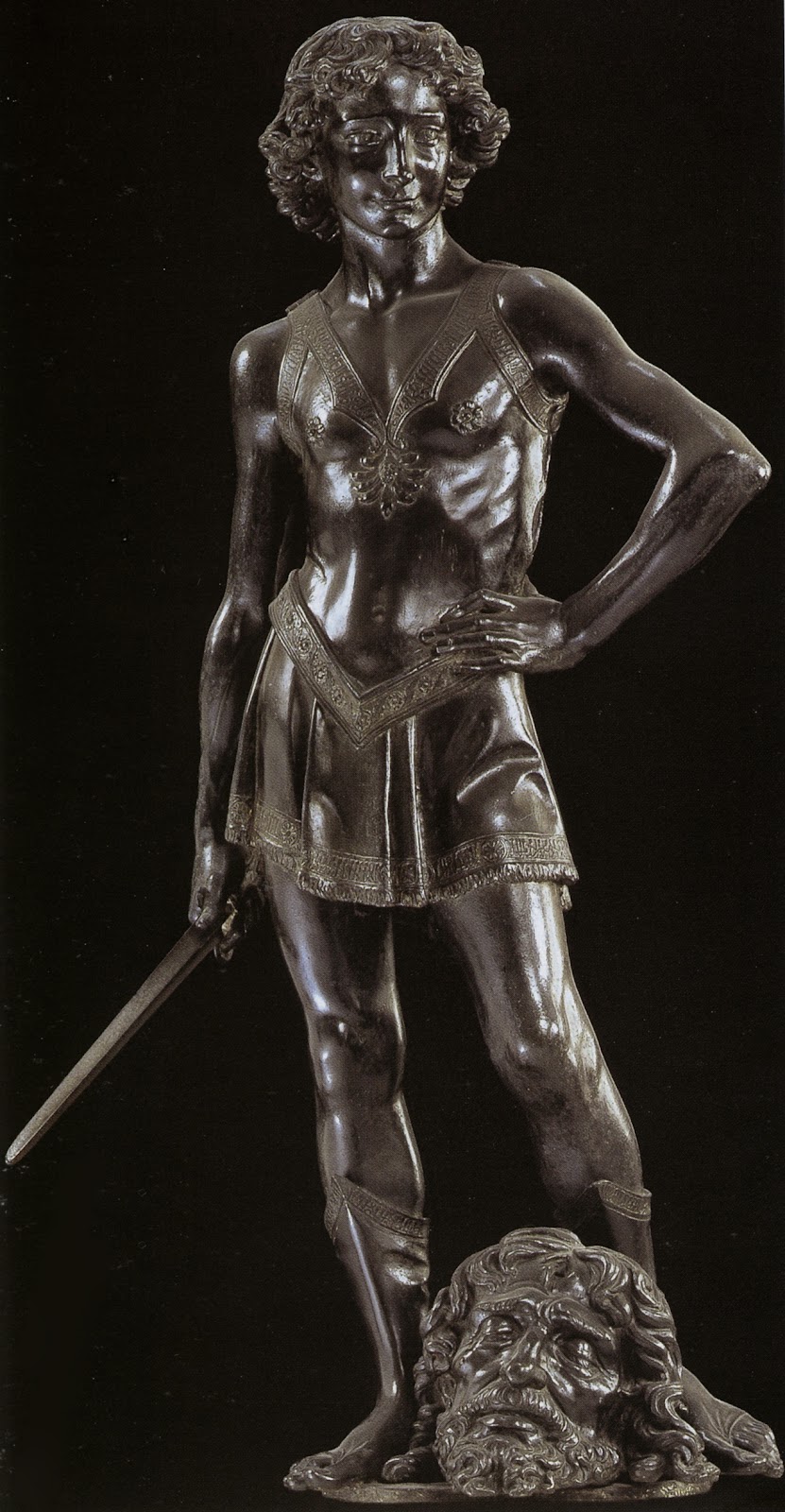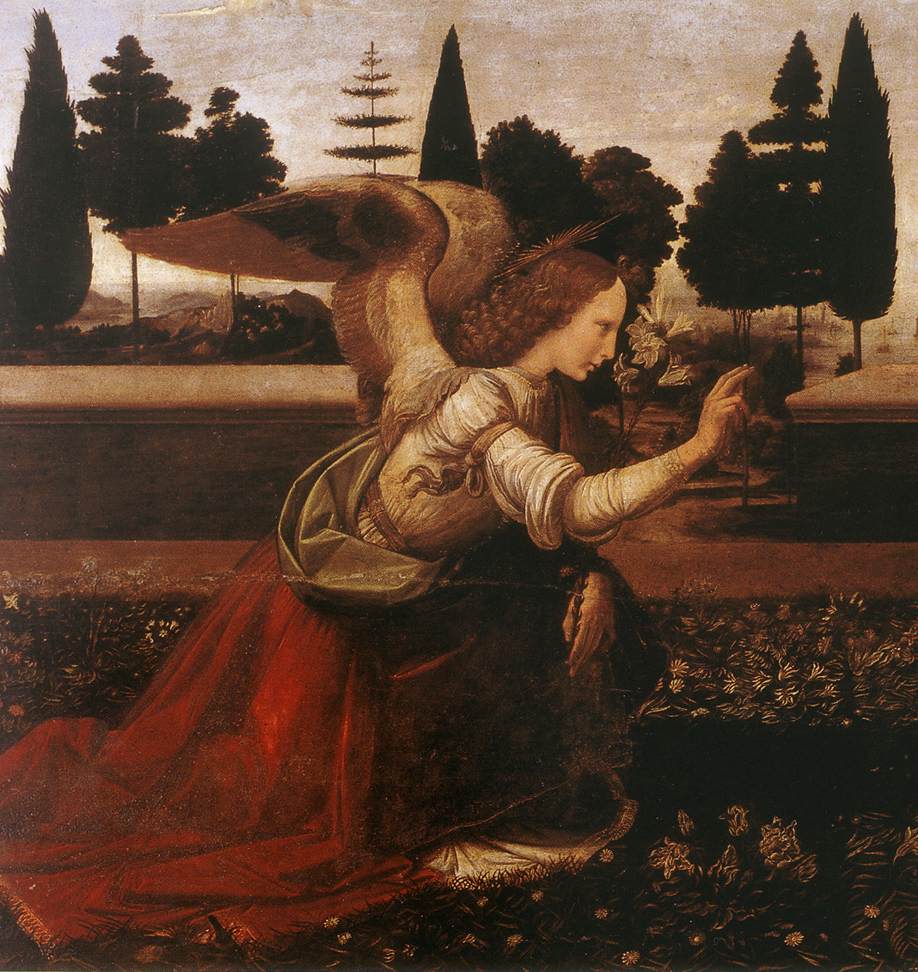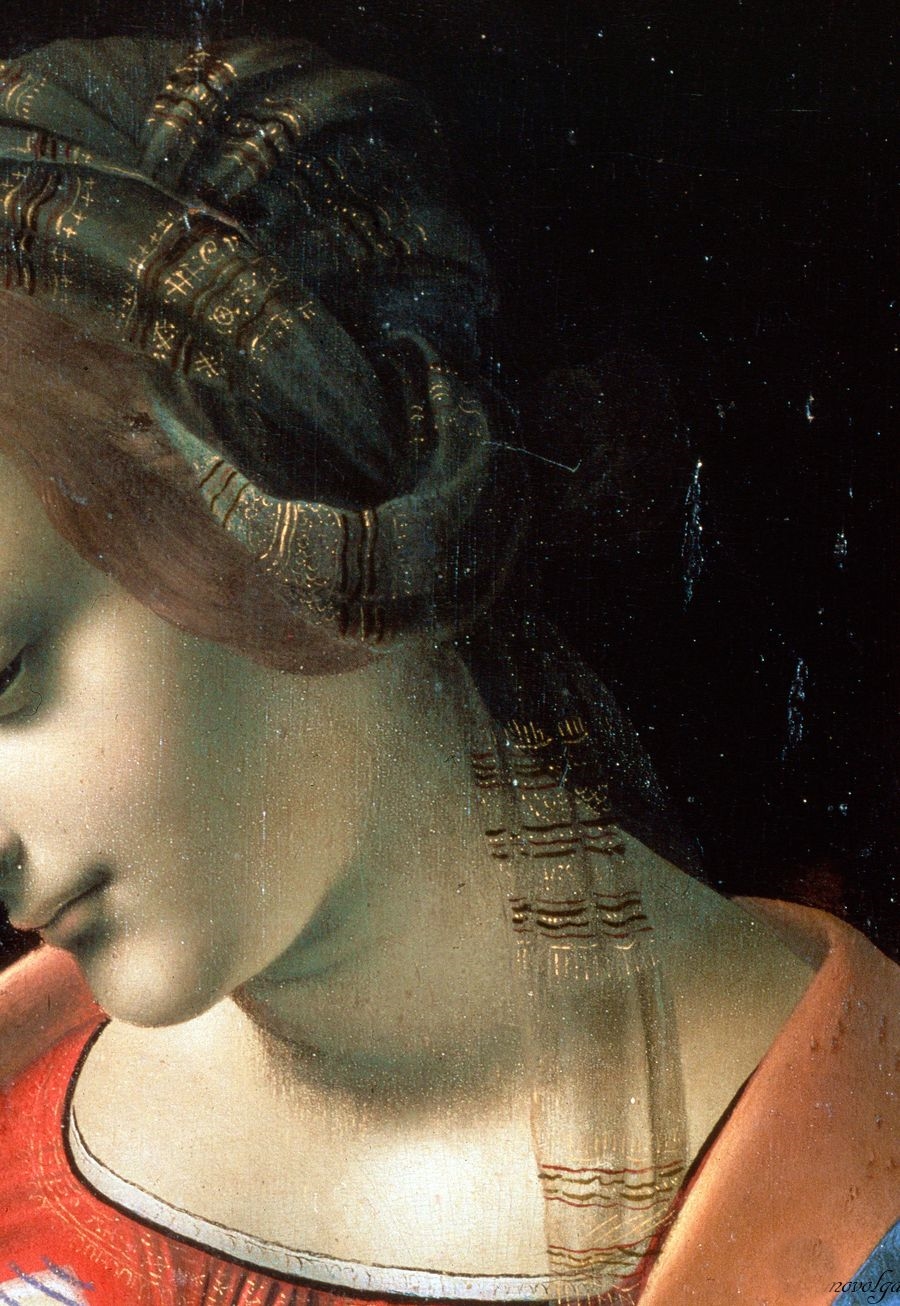
Born in Columbus, Ohio in 1958, Carolyn Biggio grew up in Baton Rouge, Louisiana. Her formal schooling earned her a Bachelor of Sciences degree; but she later took up studies in art with Henry Hensche at the Cape School of Art. Other classes with his followers deepened her commitment, and her career path shifted to painting. Ms. Biggio's paintings are pure light and color, primarily of still life. The thick impasto paint is laid on with a palette knife to create intense masses of color; shadows are equally vibrant, creating dimension with brilliant shifts in hue and value, rather than just local color. Ms. Biggio has exhibited her work nationally, receiving numerous awards.






.jpg)









